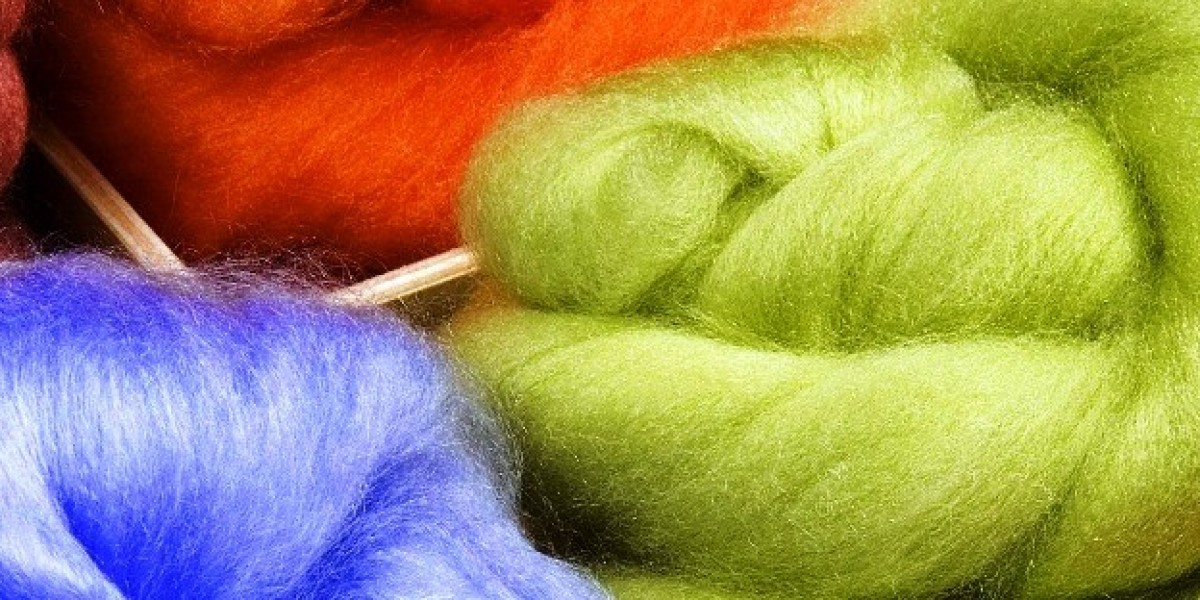Acrylic fibers, also known as polyacrylonitrile fibers or acrylate fibers, are synthetic fibers made from polyacrylonitrile or modified polyacrylonitrile. They were first developed in the mid-20th century and have become a popular alternative to wool in knitting clothing and textiles. Some key facts about it:
Production Process
The production of it begins with the polymerization of acrylonitrile monomer to form polyacrylonitrile. In this process, acrylonitrile is mixed with other compounds and introduced into a reactor where it undergoes radical polymerization. The resulting polyacrylonitrile is spun into Acrylic Fibers through either wet or dry spinning techniques and drawn to increase strength. The drawn fibers are then crosslinked and stabilized at high temperatures to form the final acrylic fiber.
Properties and Uses
They have several properties that make them a versatile material for textiles and clothing. They are durable, washable, reasonably priced and have high warmth-to-weight ratio. They also have good dyeability and can be engineered to be water-resistant or moisture-wicking. Some common uses are:
- Sweaters, jackets and other knitwear: They are often used blended with wool or other fibers in knitted apparel for its soft feel and warmth.
- Indoor/outdoor furnishings: Products such as blankets, upholstery, carpets utilize acrylic fiber blends for durability and stain resistance.
- Art/craft materials: Fibers are utilized in knitting, crochet, weaving for their workability.
- Specialty industrial uses: In wicks, fishing lines, ropes and safety fabrics.
- Apparel linings: Lining and interlining fabrics use acrylic fibers for shape retention and warmth.
Environmental Impact and Sustainability
Unlike natural fibers, acrylic fibers are derived entirely from petrochemicals through chemical synthesis. Their production requires large amounts of energy and results in greenhouse gas emissions. However, acrylic fabrics are very durable and retain their shape over many washes compared to natural textiles. This reduces overall environmental impact when considering their long lifespan. Additionally, they are recyclable at end-of-life and some manufacturers incorporate recycled polyacrylonitrile content into new acrylic yarns. When produced and processed sustainably using renewable energy sources, they can have lower lifecycle impact than some natural alternatives.
Future Developments and Innovation
To further enhance acrylic fiber sustainability, researchers are exploring biobased alternatives to replace petroleum-derived acrylonitrile monomer in the manufacturing process. One promising approach uses bio-based acrylonitrile synthesized from biomass feedstocks like glucose or vegetable oils. Biodegradable acrylic polymers are also in development for compostable textiles. Advanced acrylic fiber technologies also focus on moisture management, thermal regulation and added functionality, besides mechanical properties. Blending acrylics with other man-made or natural fibers continues to expand their design possibilities. With ongoing R&D, acrylic fibers are poised to remain an important textile material well into the future.
Since their discovery in the mid-1900s, acrylic fibers have grown to become one of the most extensively used man-made fibers globally. Their desirable tactile attributes, durability, ease of processing and versatile applications have made them a hugely popular synthetic alternative to natural wool. Continued innovation is further enhancing acrylic fiber sustainability and performance. With advanced manufacturing technologies and renewable feedstocks, the acrylic fiber industry is well-equipped to meet the worldwide demand for warm, practical and affordable textiles for years to come.
Get More Insights on Acrylic Fibers
For Better Understanding, Choose Preferred Language-
About Author-
Ravina Pandya, Content Writer, has a strong foothold in the market research industry. She specializes in writing well-researched articles from different industries, including food and beverages, information and technology, healthcare, chemical and materials, etc. With an MBA in E-commerce, she has an expertise in SEO-optimized content that resonates with industry professionals. (https://www.linkedin.com/in/ravina-pandya-1a3984191)










